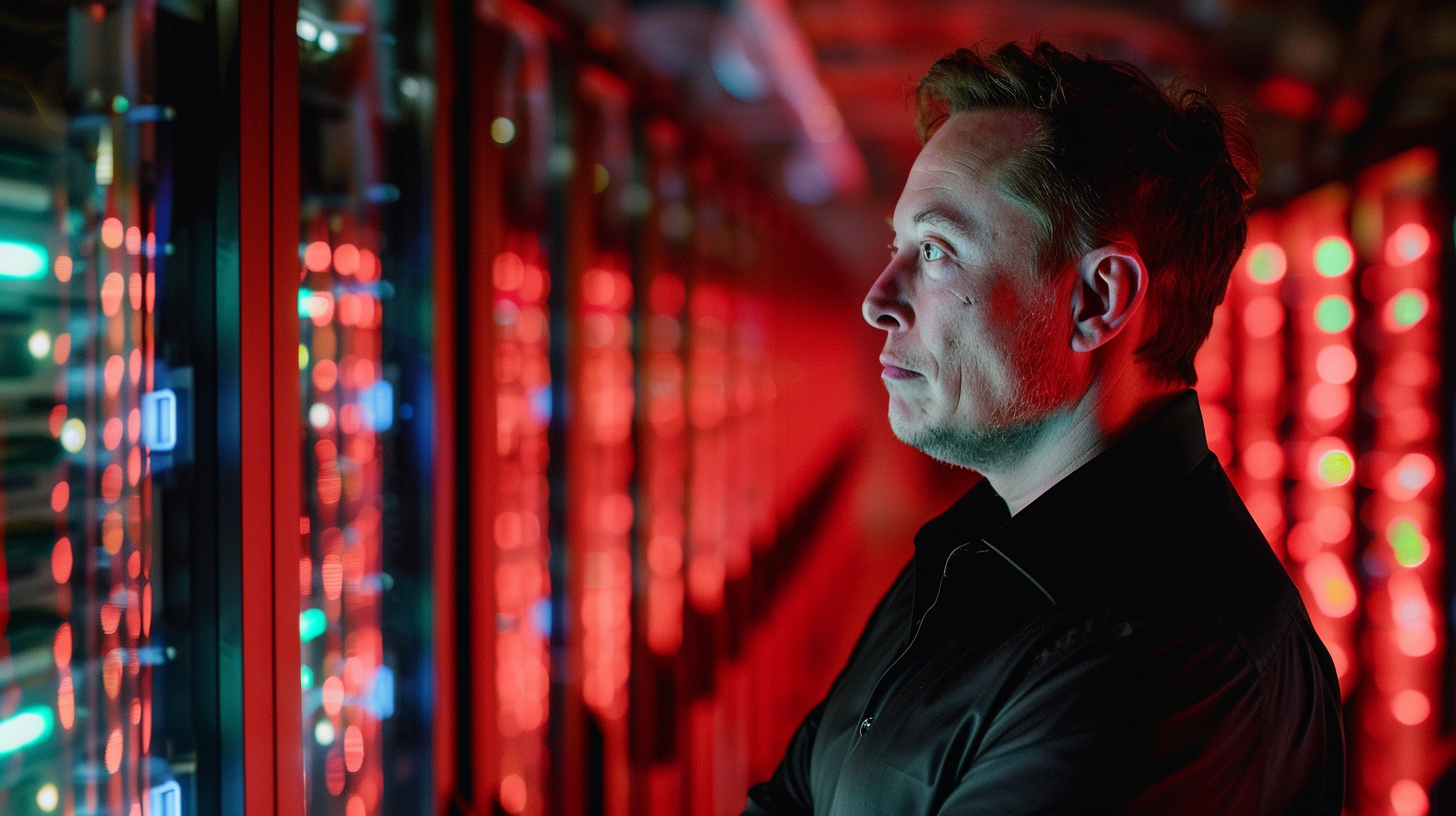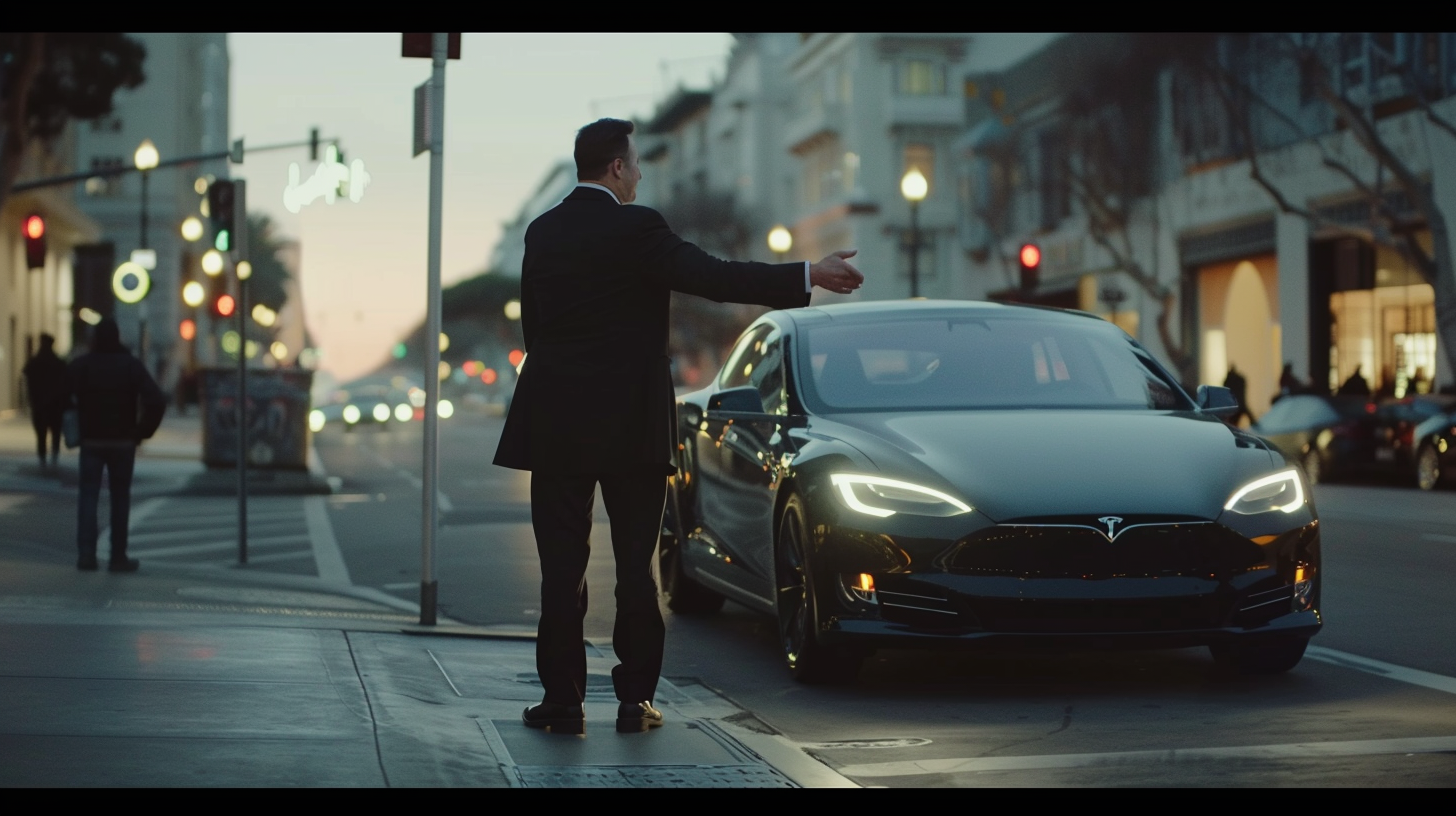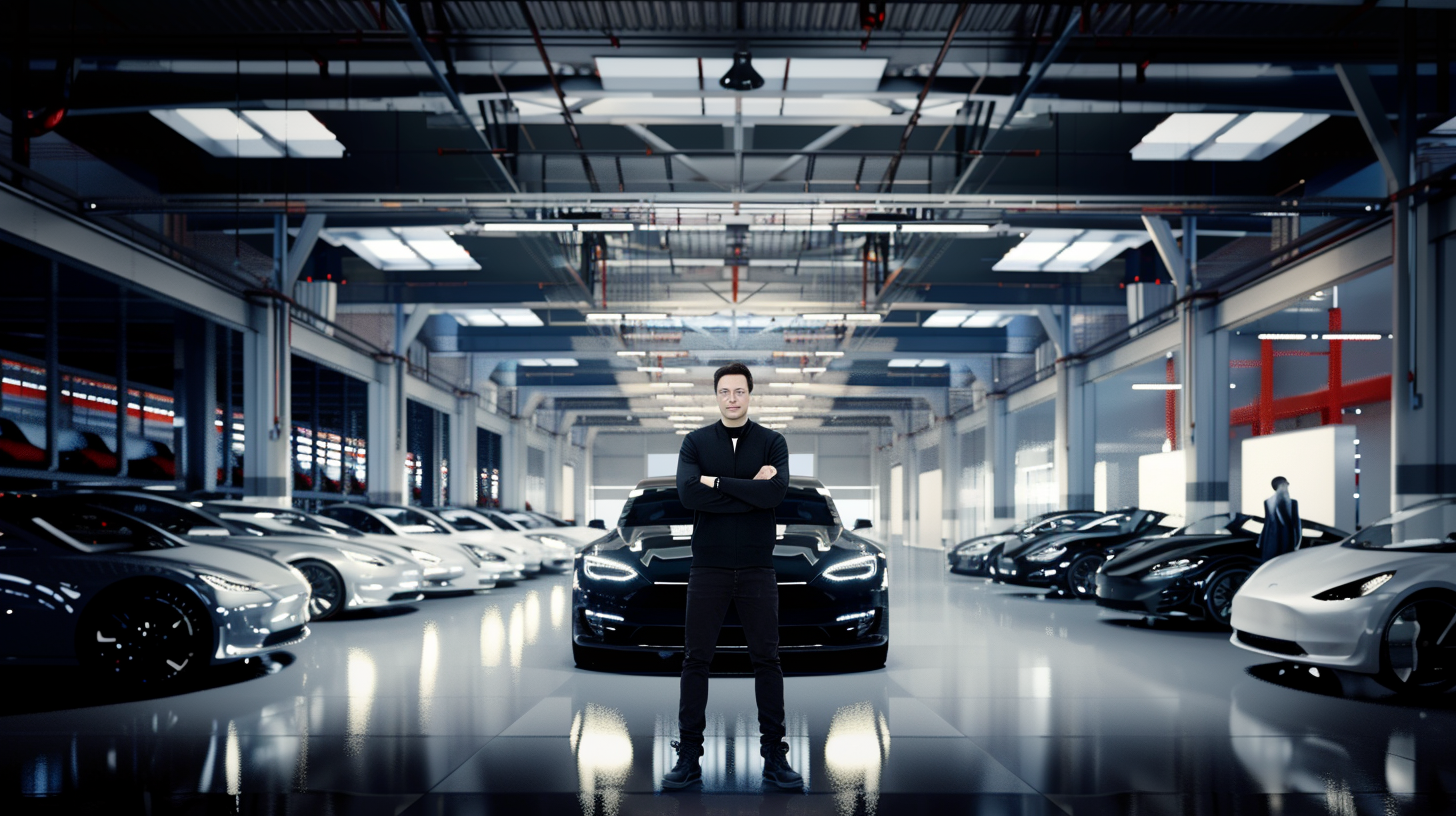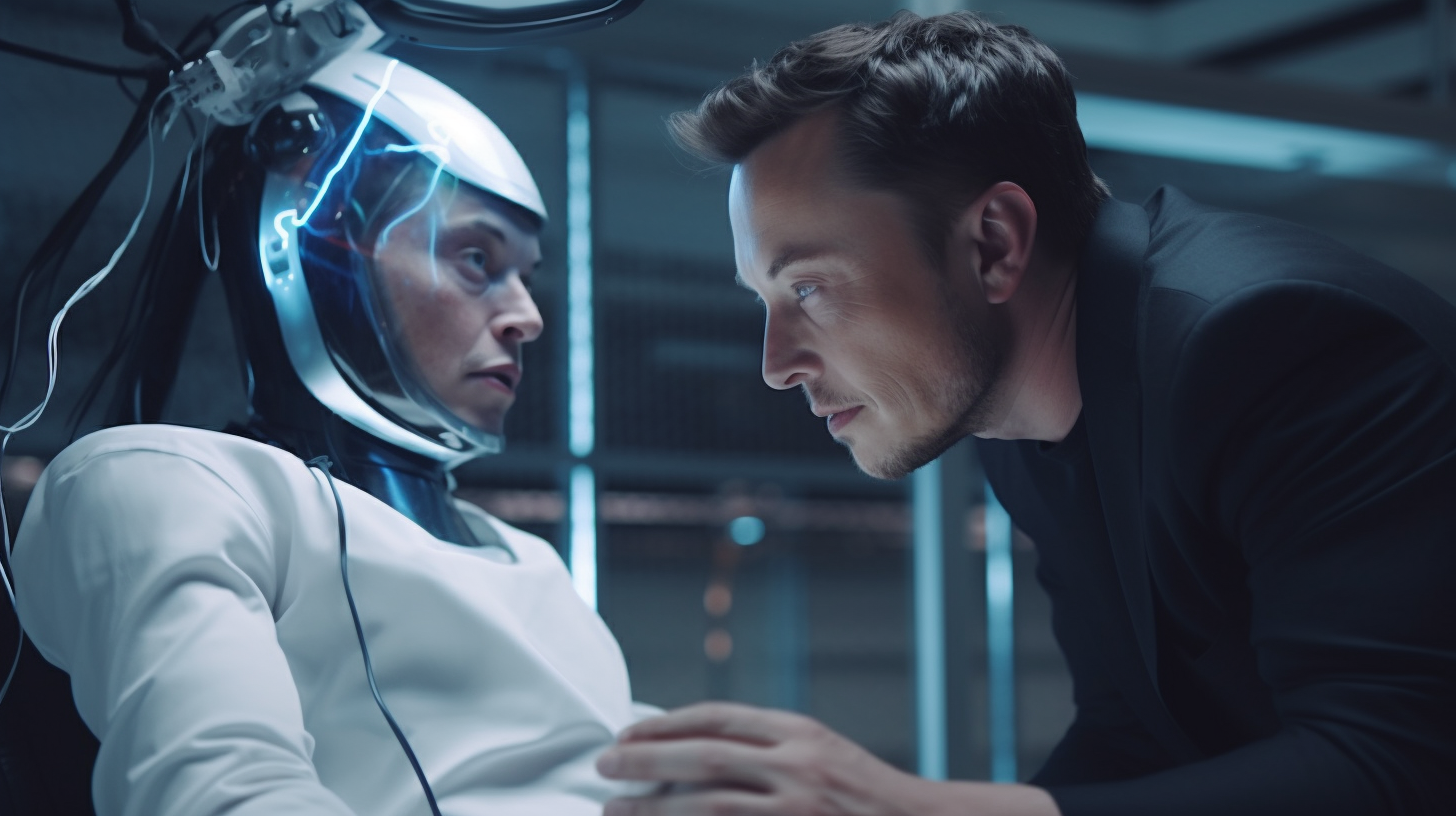Elon Musk’s artificial intelligence venture, xAI, has secured a massive $10 billion funding round that values the startup at $200 billion, according to reports from CNBC. The raise highlights the continued investor enthusiasm in the artificial intelligence sector, even as questions swirl about tech spending and long-term sustainability.
The new valuation more than doubles the company’s $75 billion mark from just two months earlier, underscoring the accelerating pace of capital flowing into AI. With this milestone, xAI now ranks among the world’s most valuable private technology companies, sitting alongside global heavyweights such as OpenAI, ByteDance, and Musk’s own SpaceX.
Expanding AI Infrastructure
Much of the funding is expected to be deployed toward data centers powered by advanced Nvidia and AMD graphics processors, a crucial component in developing and training next-generation AI systems. Analysts note that GPU-driven clusters are the backbone of today’s AI race, as firms compete to push the boundaries of model performance, scalability, and reliability.
xAI has already made headlines for Colossus, its supercomputer cluster in Memphis, Tennessee, which the company claims is the largest of its kind worldwide. The expansion of this infrastructure signals Musk’s intent to ensure that xAI can rival established leaders like OpenAI and Anthropic in the high-stakes competition to dominate the AI landscape.
The funding round arrives at a time when competitors are also securing significant backing. Earlier this month, Anthropic raised $13 billion at a valuation of $183 billion, while OpenAI is reportedly in talks for a stock sale that could value the company at around $500 billion. ByteDance, meanwhile, is preparing a new employee share buyback program at a valuation of more than $330 billion.
By entering the $200 billion valuation club, xAI not only signals its arrival among elite AI firms but also highlights the fierce battle for both talent and infrastructure. Much of the new capital is expected to go toward recruiting top AI researchers and engineers—an area where costs continue to rise as demand far exceeds supply.
Building Toward the Future
Musk’s AI ambitions go beyond technology alone. xAI acquired the social media platform X (formerly Twitter) earlier this year, giving it a unique advantage in terms of training data and user integration. By combining large-scale data resources with cutting-edge compute infrastructure, xAI is positioning itself as a long-term challenger to the sector’s biggest players.
The latest valuation leap reflects not just investor confidence in xAI, but also broader optimism that AI technologies will remain central to economic and business growth for years to come. With infrastructure rapidly scaling and capital continuing to pour in, xAI’s next steps will be closely watched as it attempts to shape the future of artificial intelligence.



